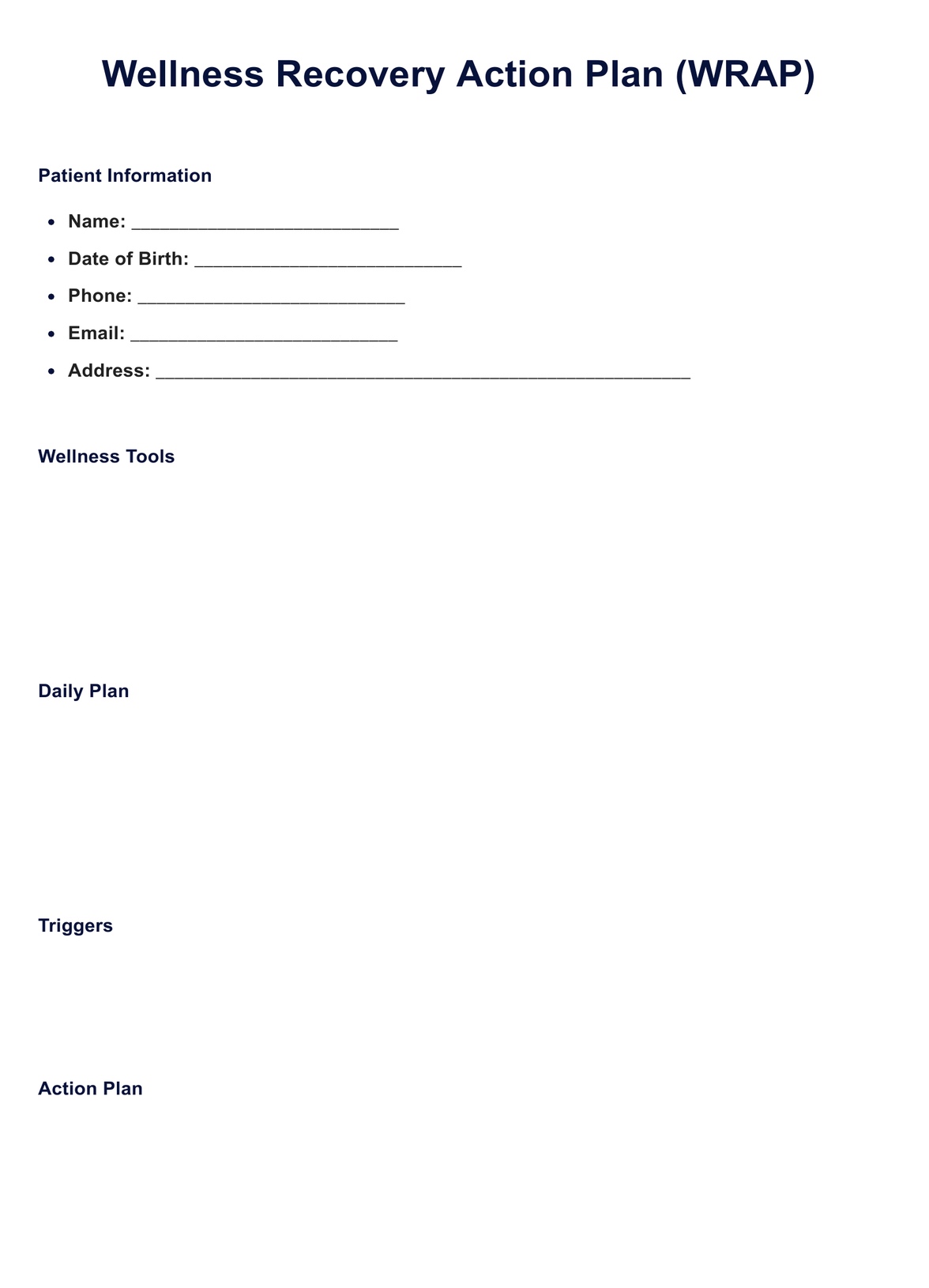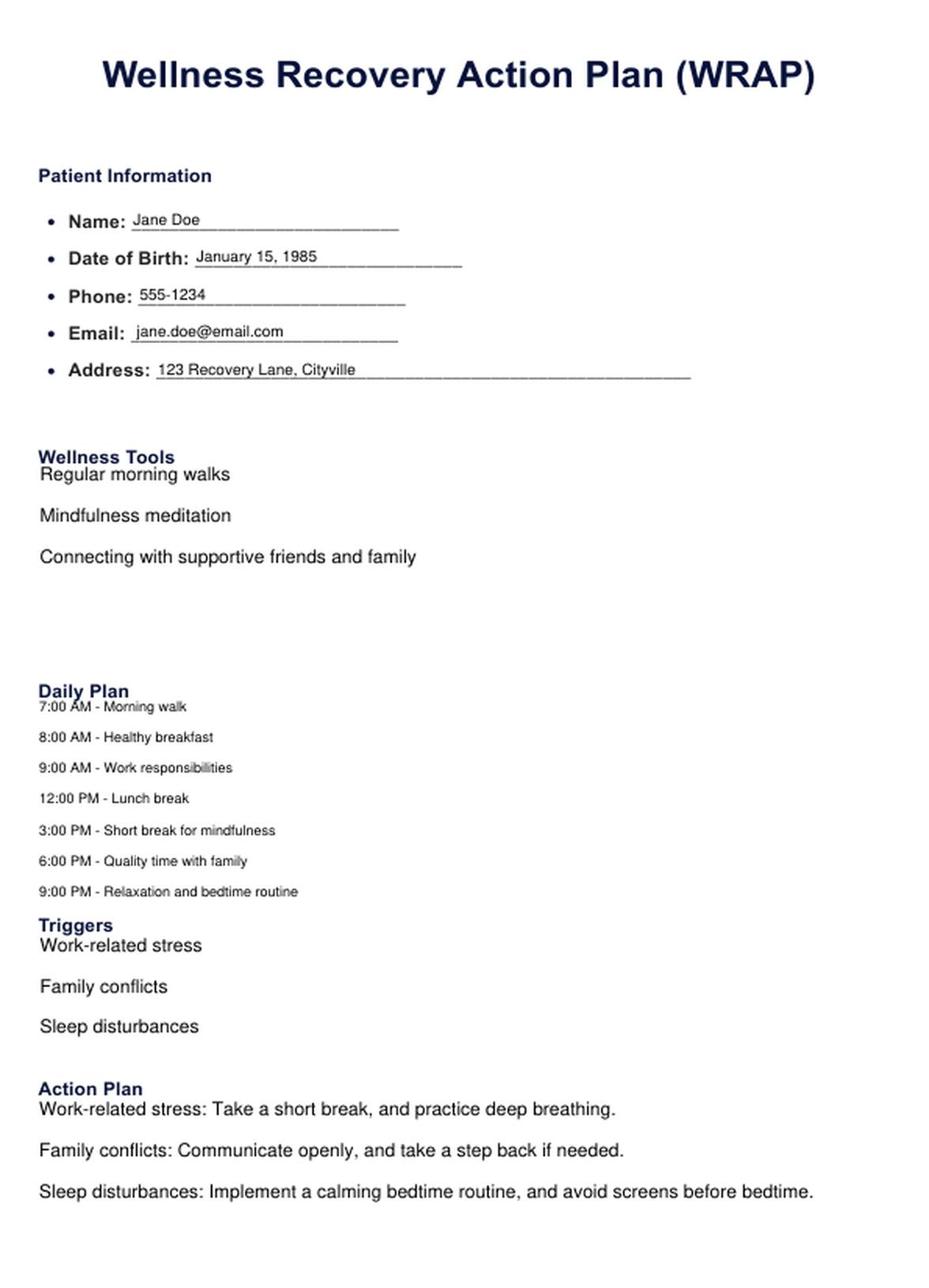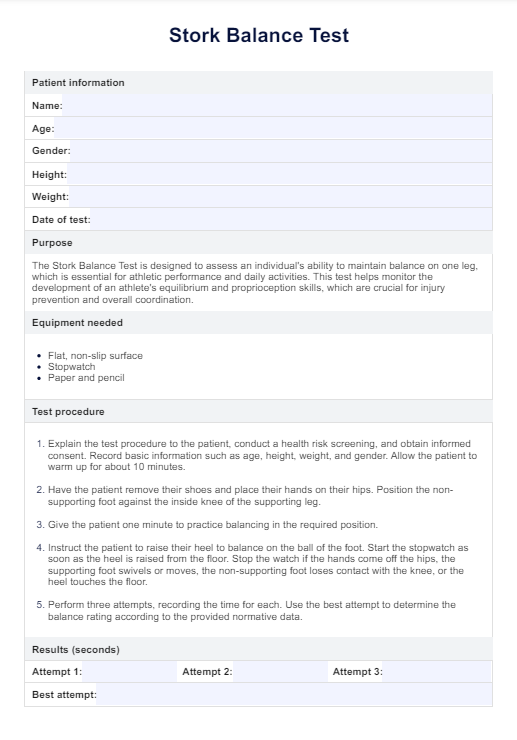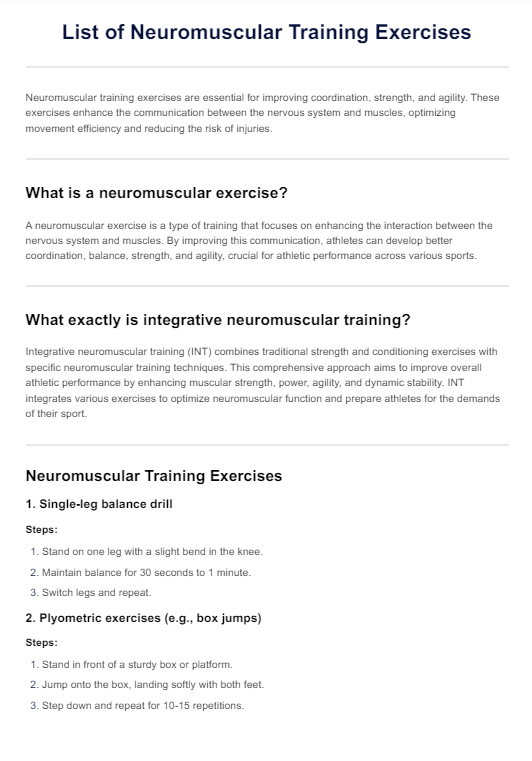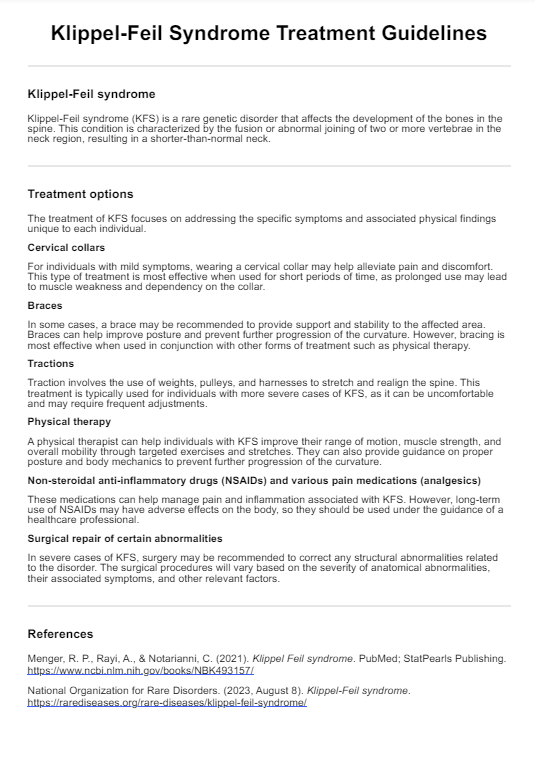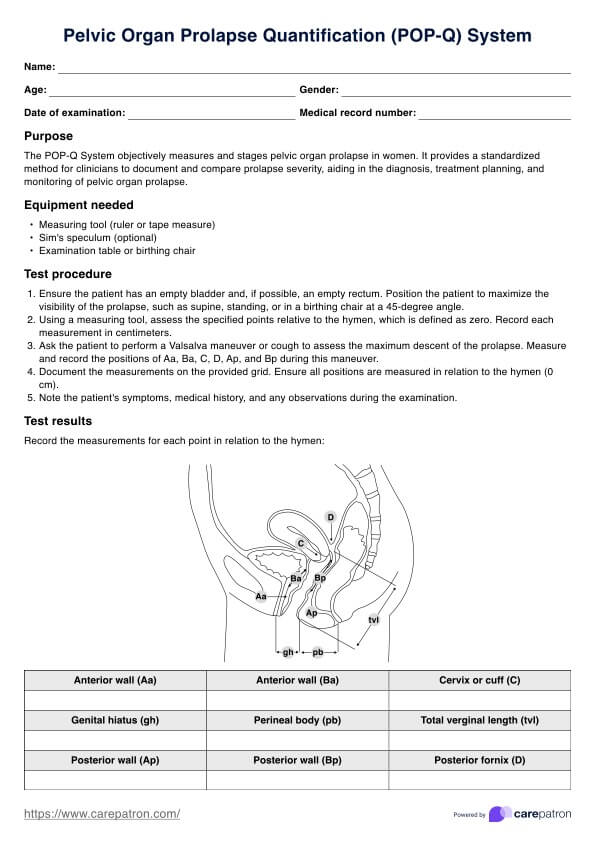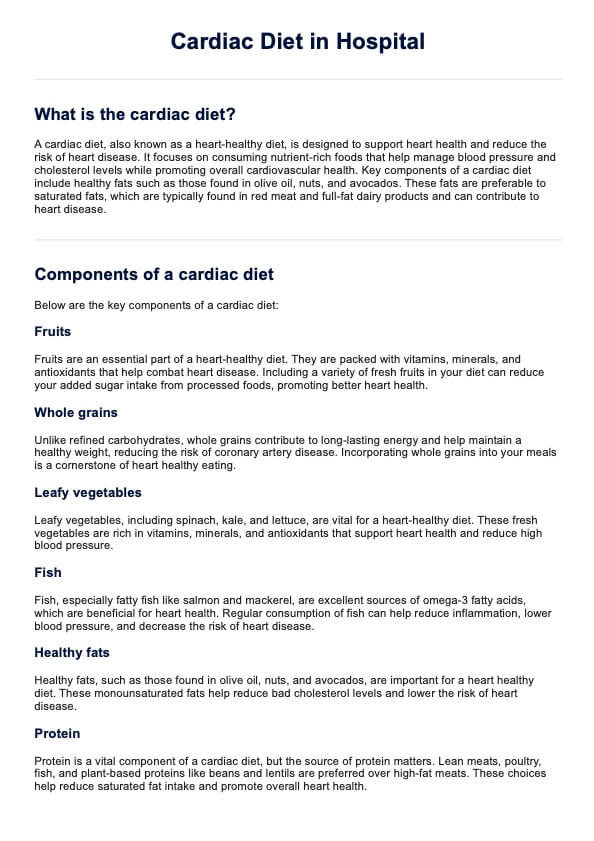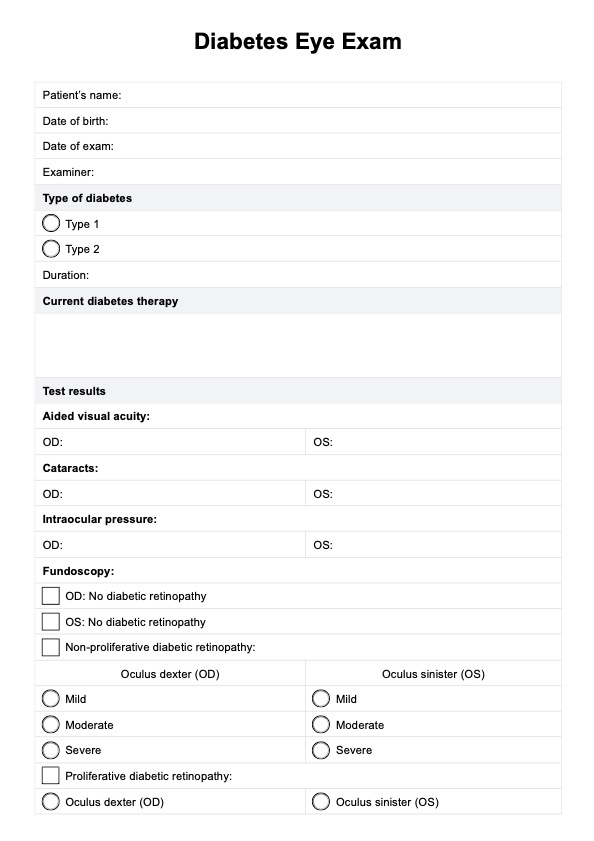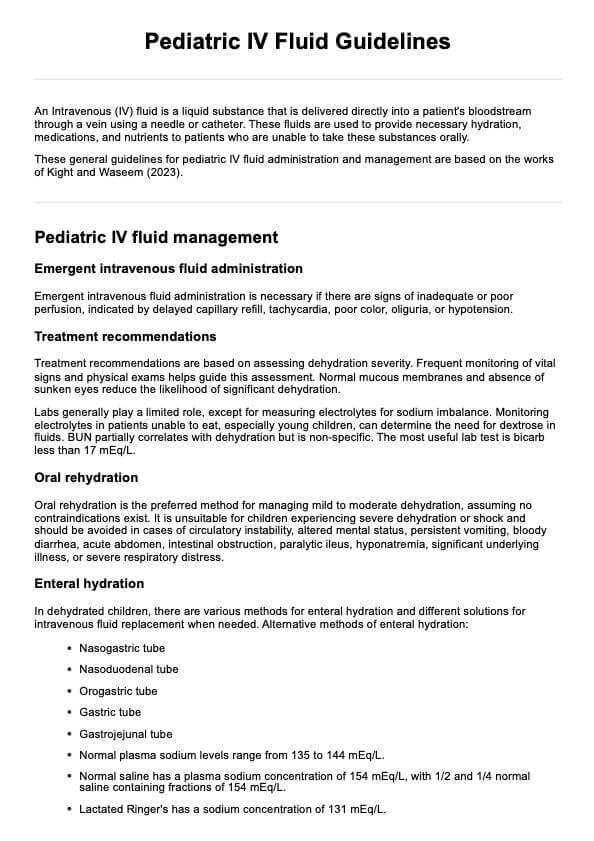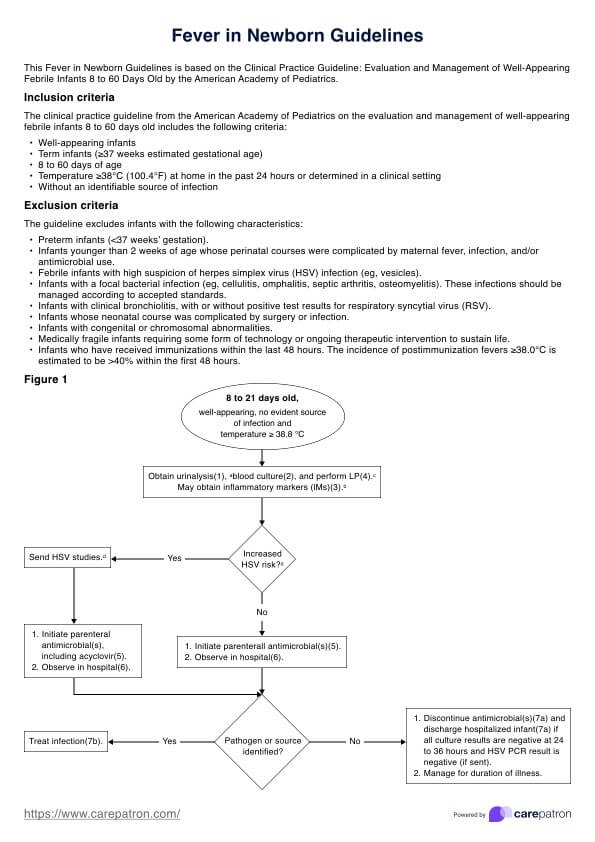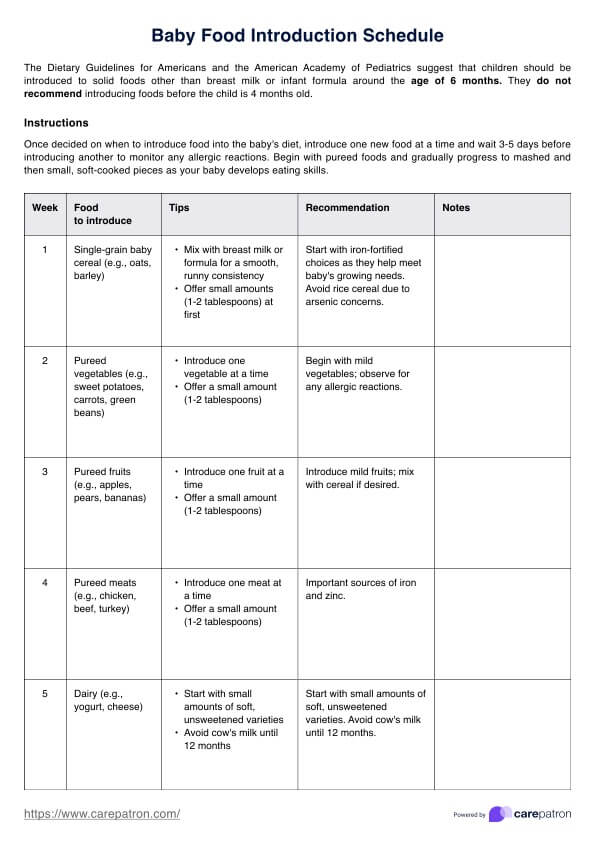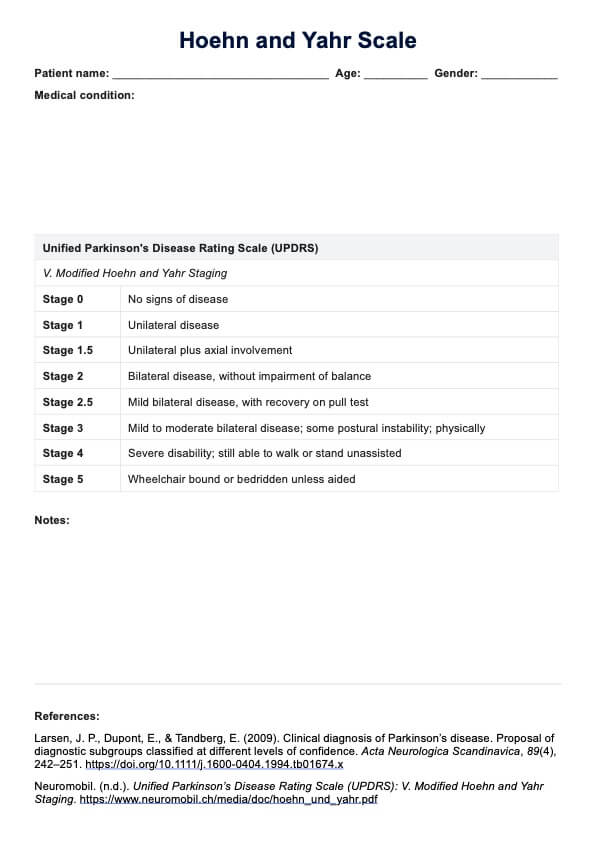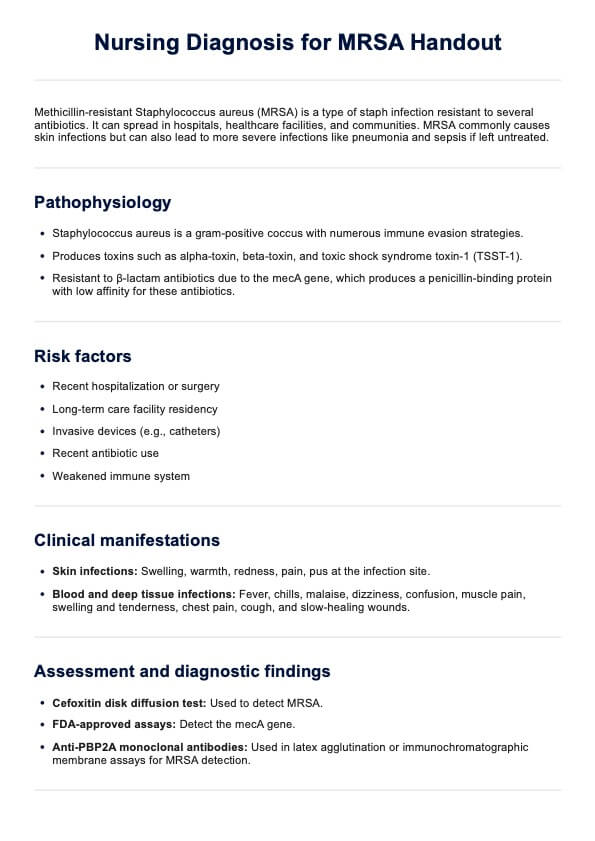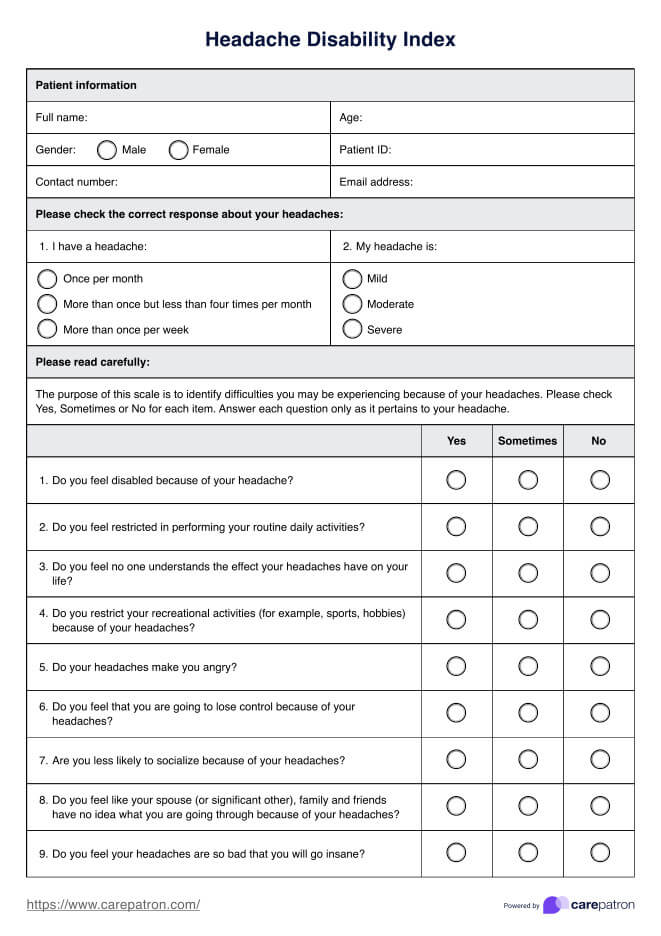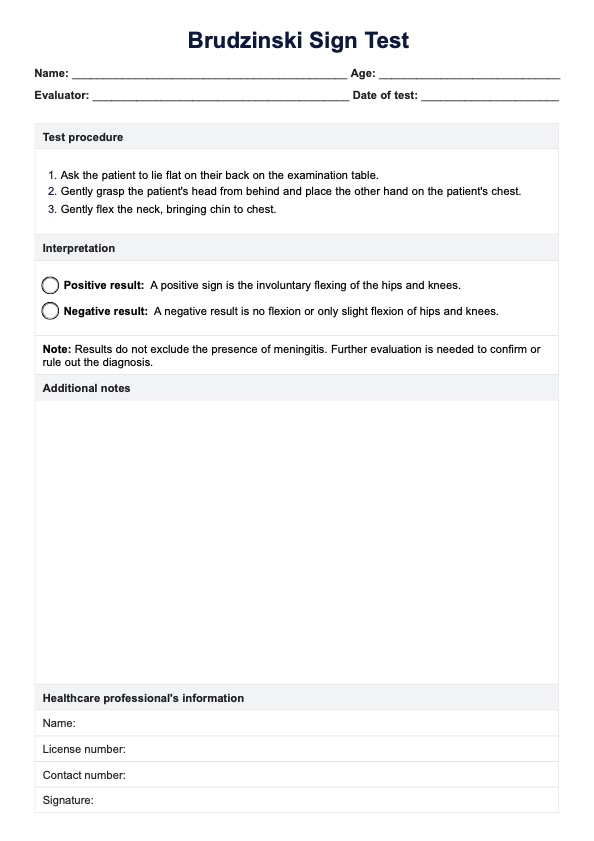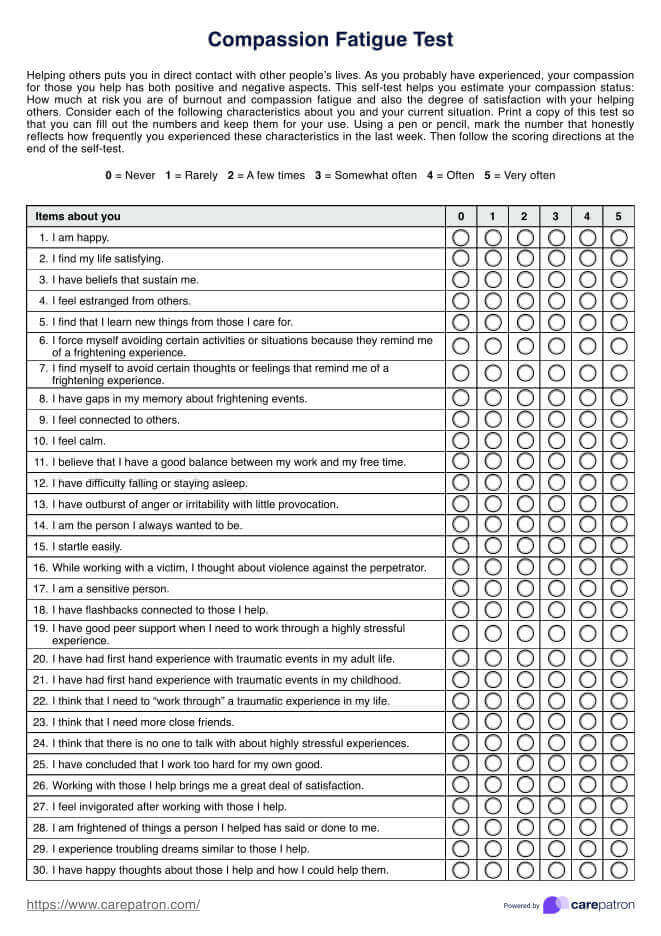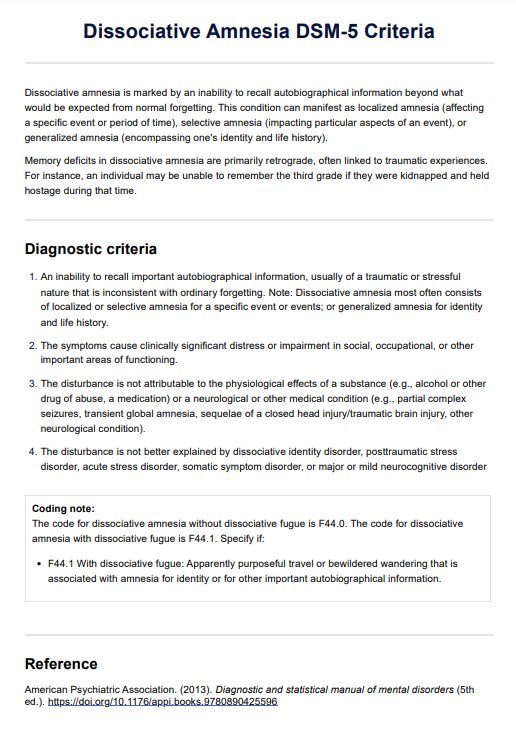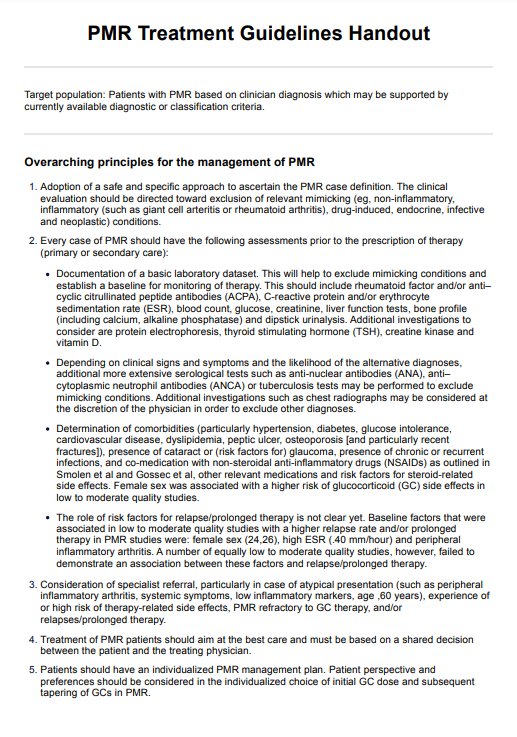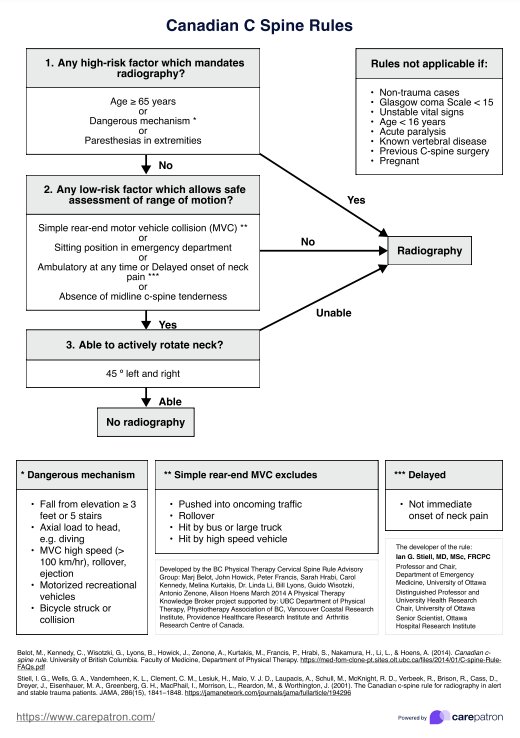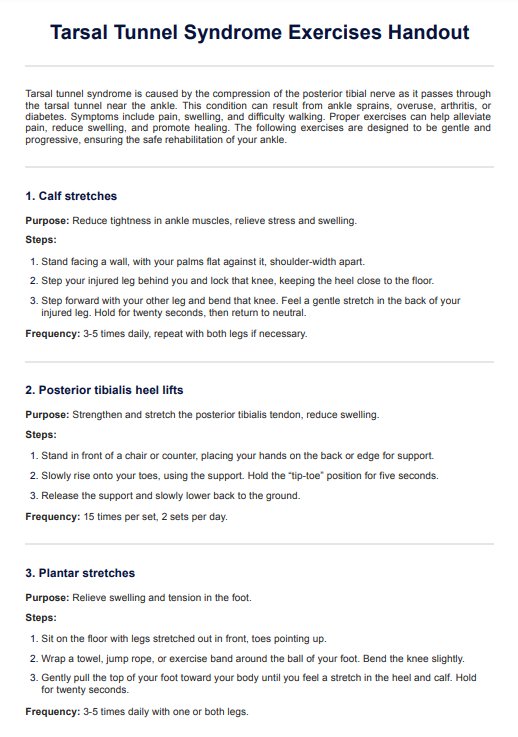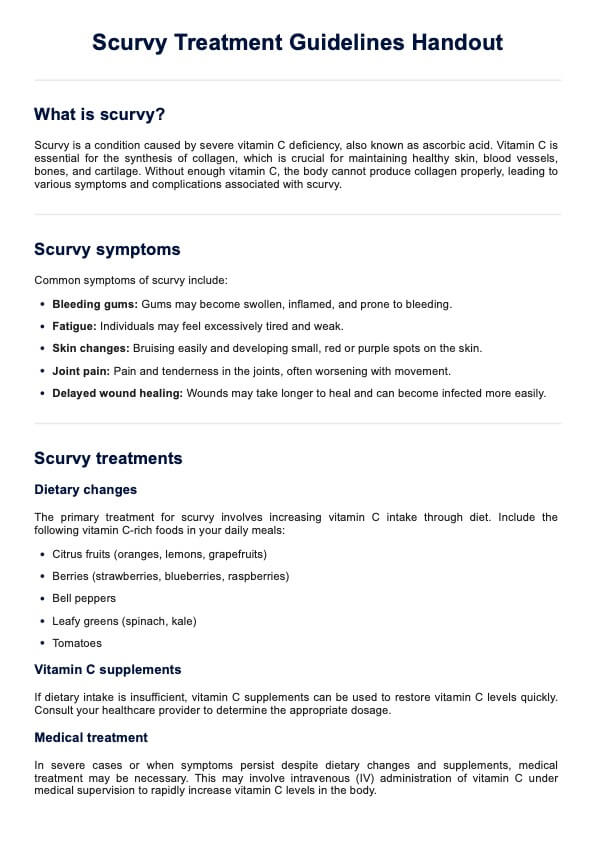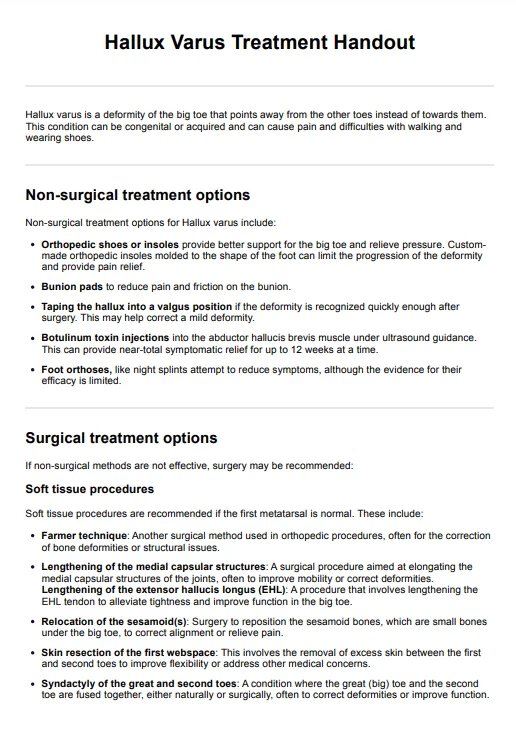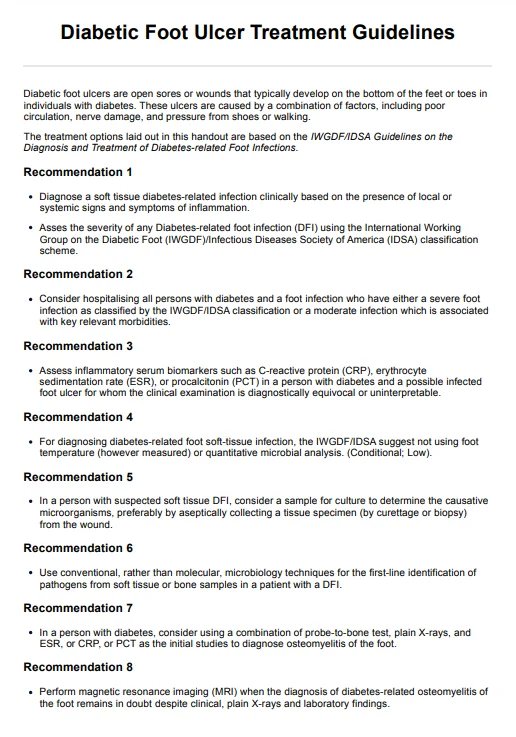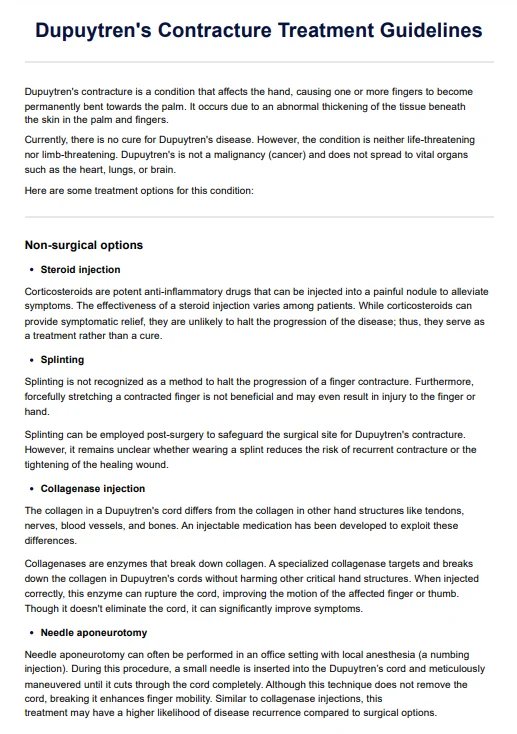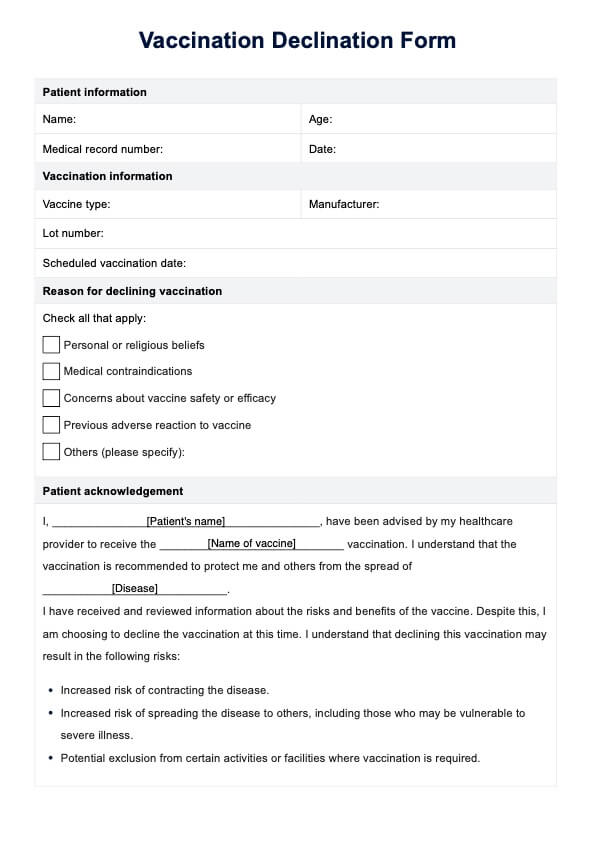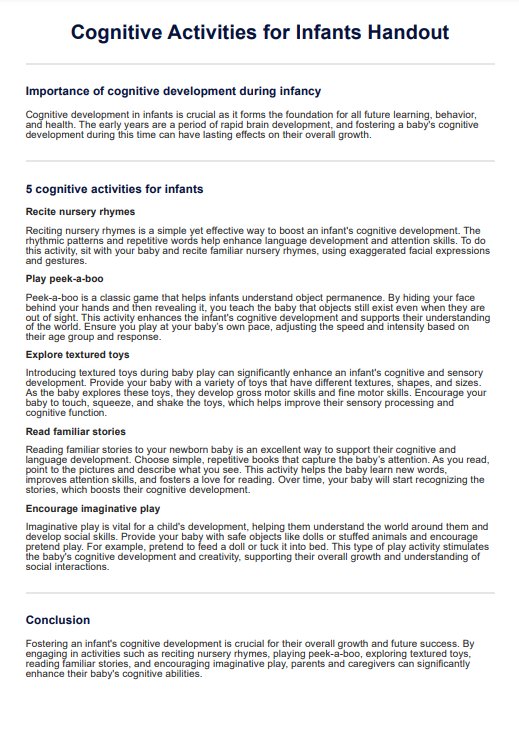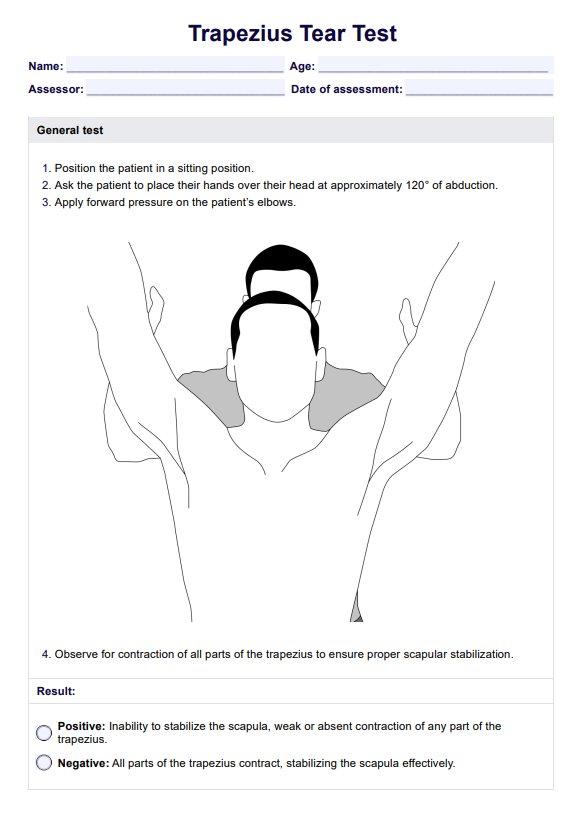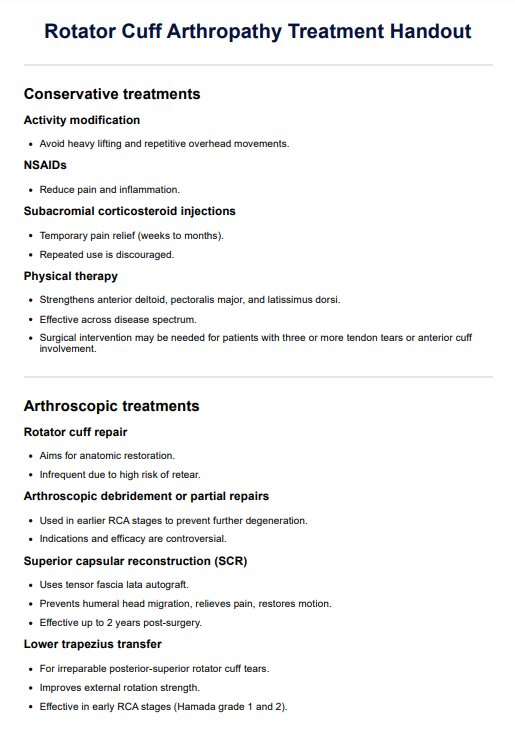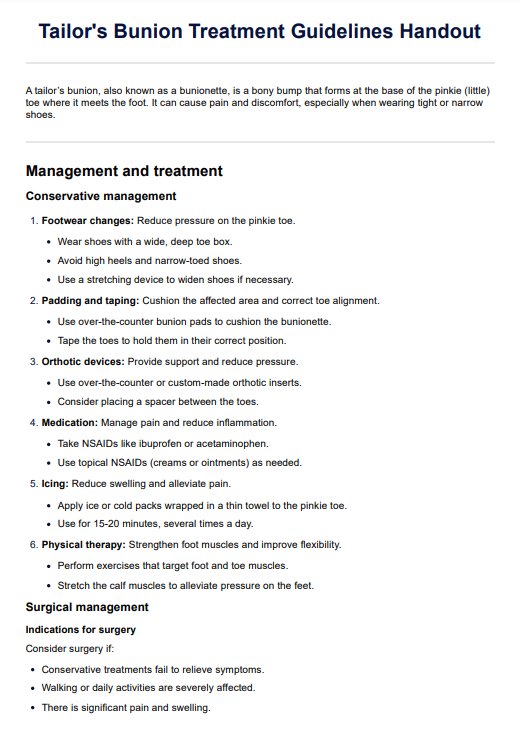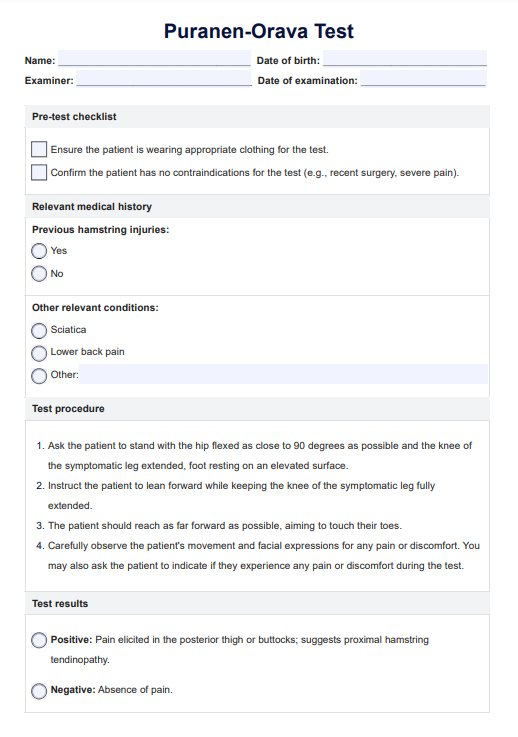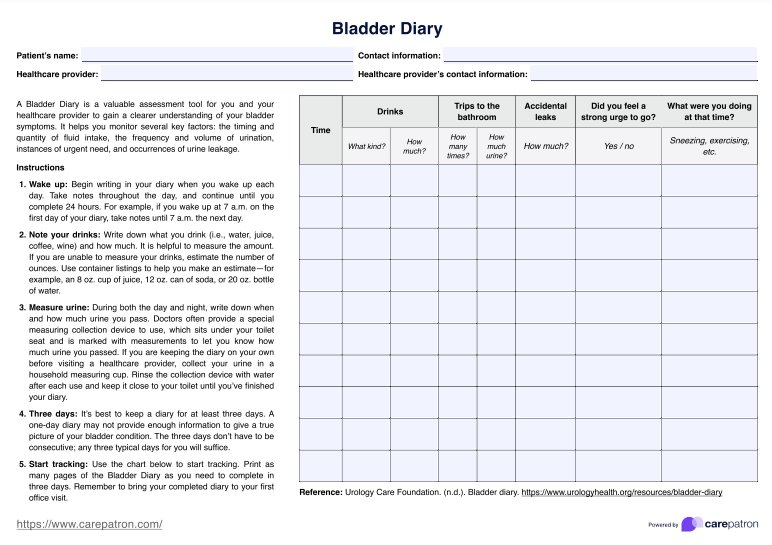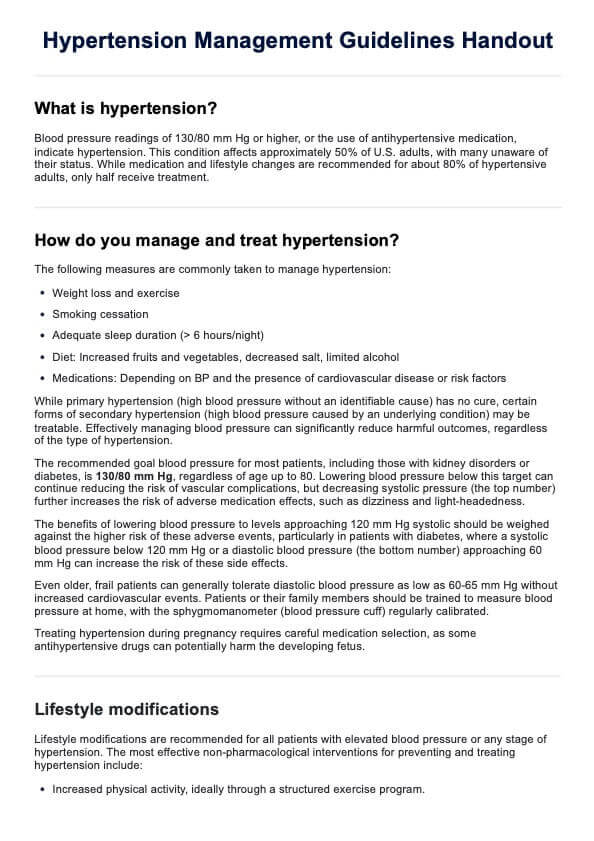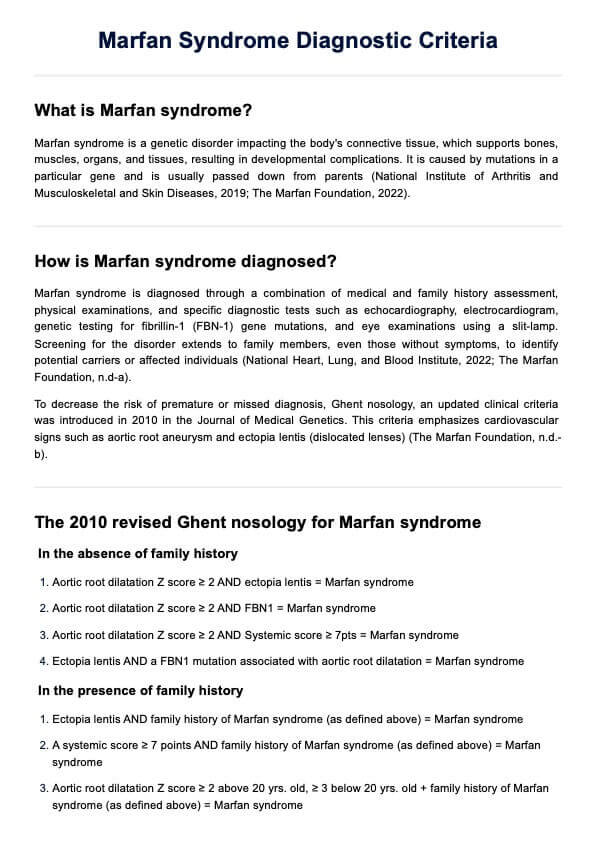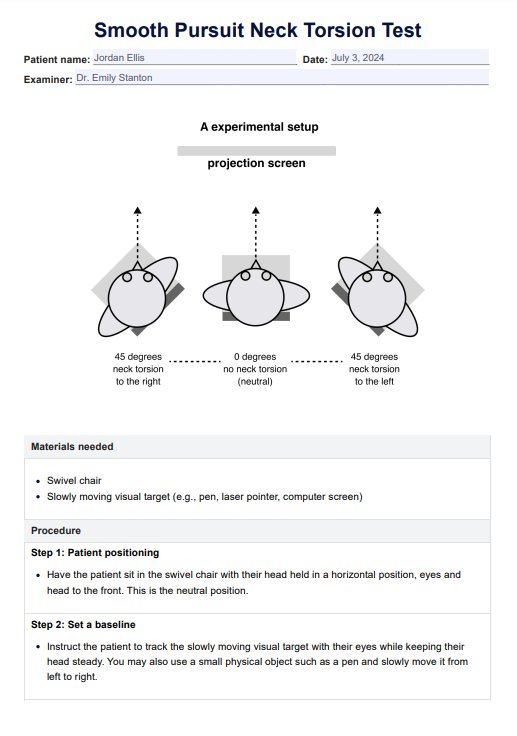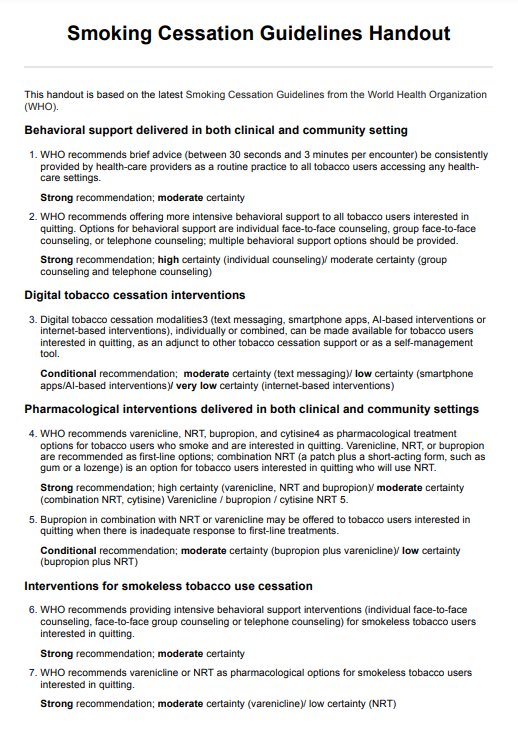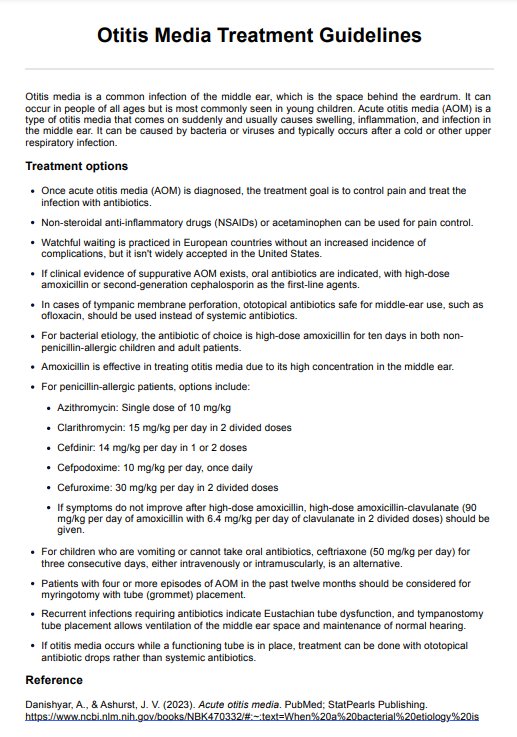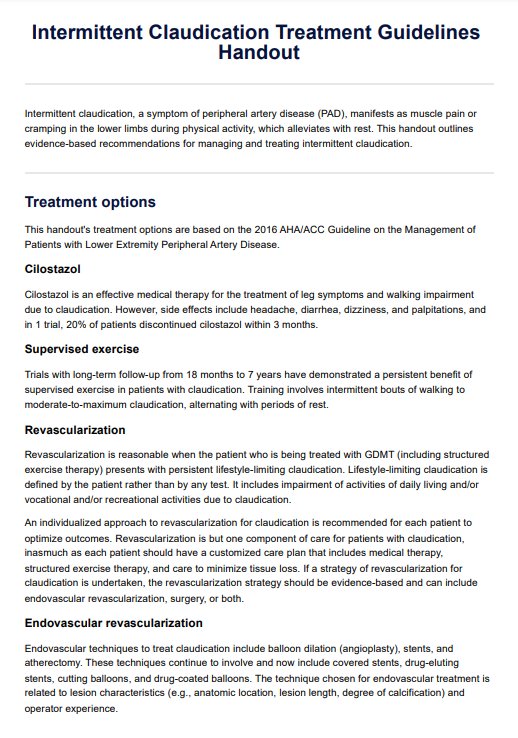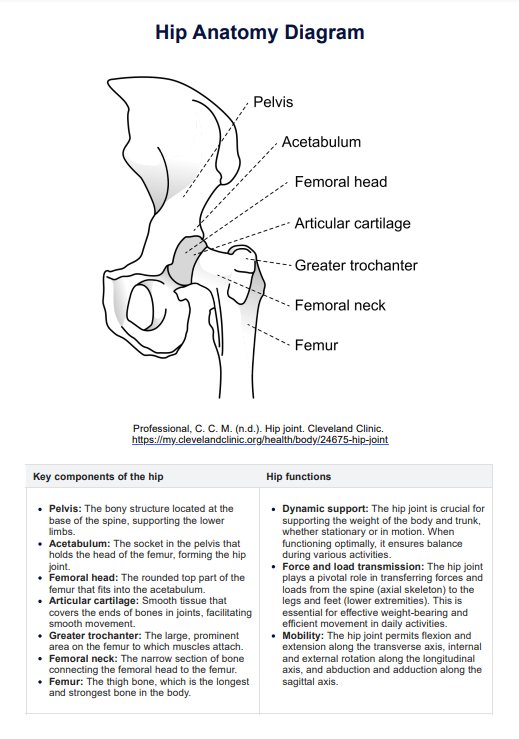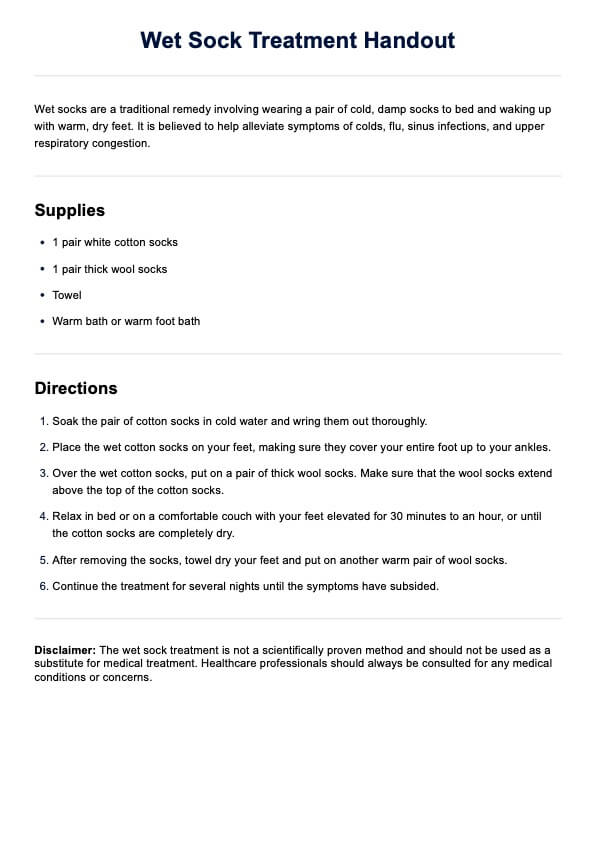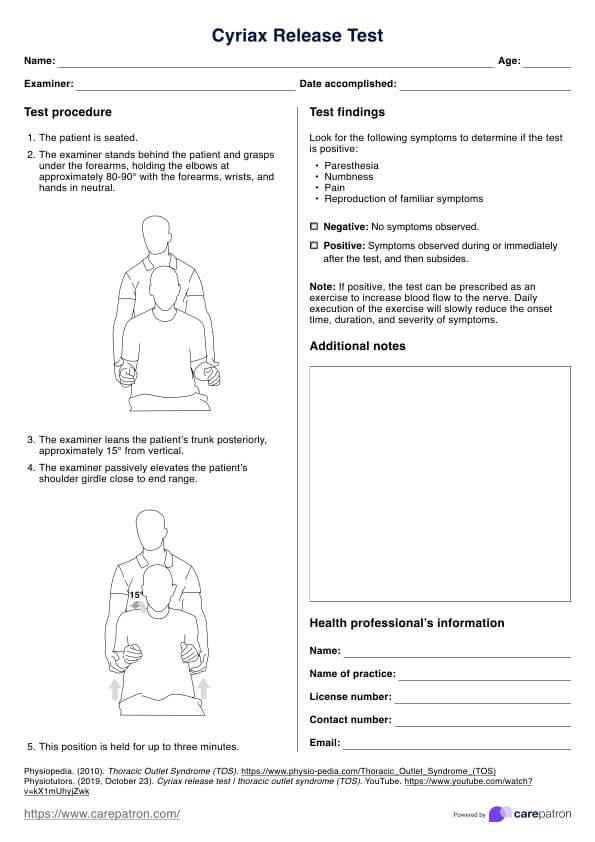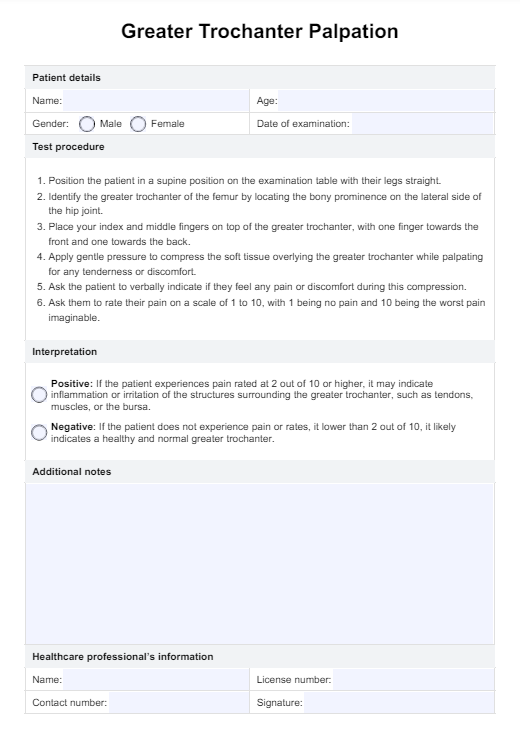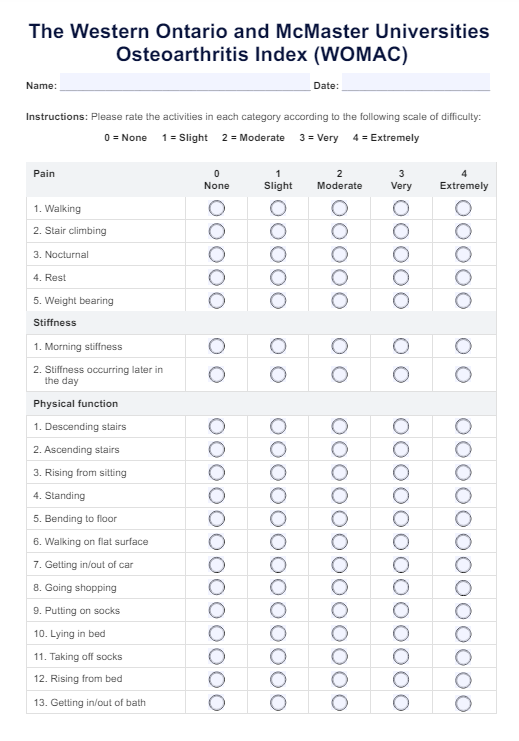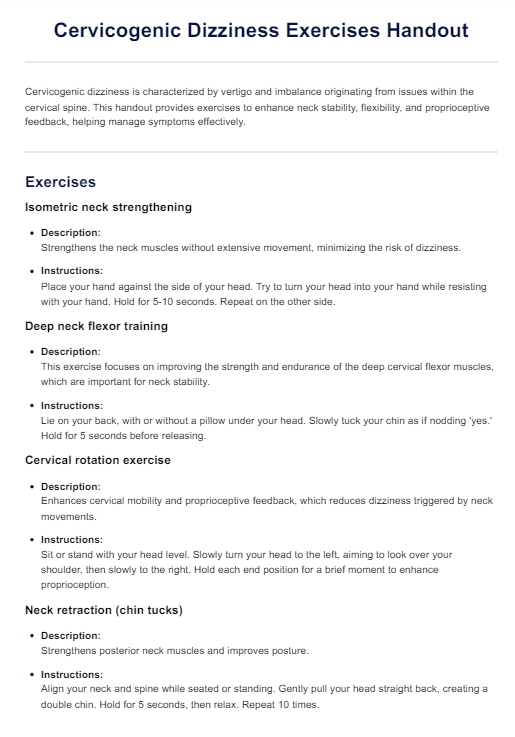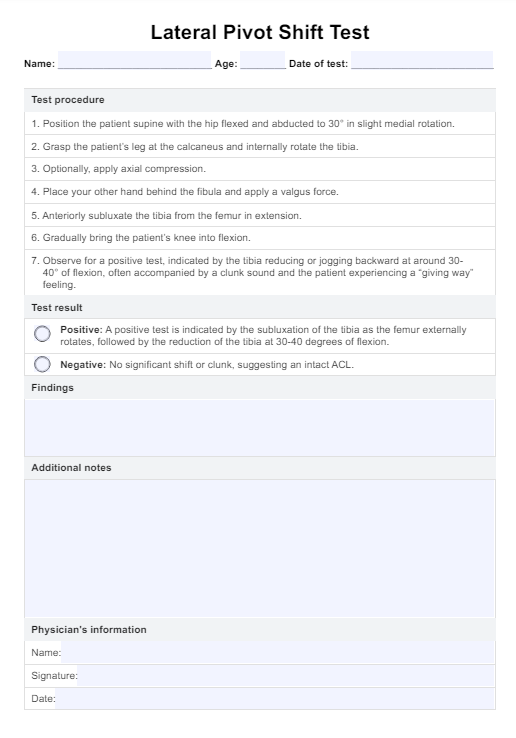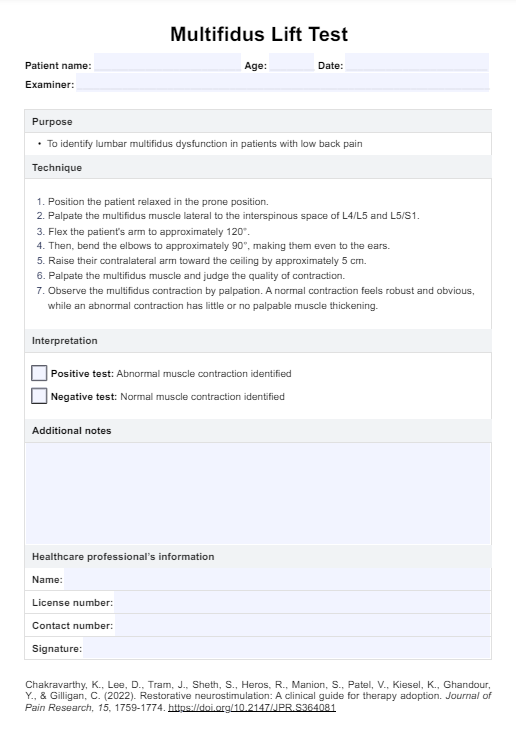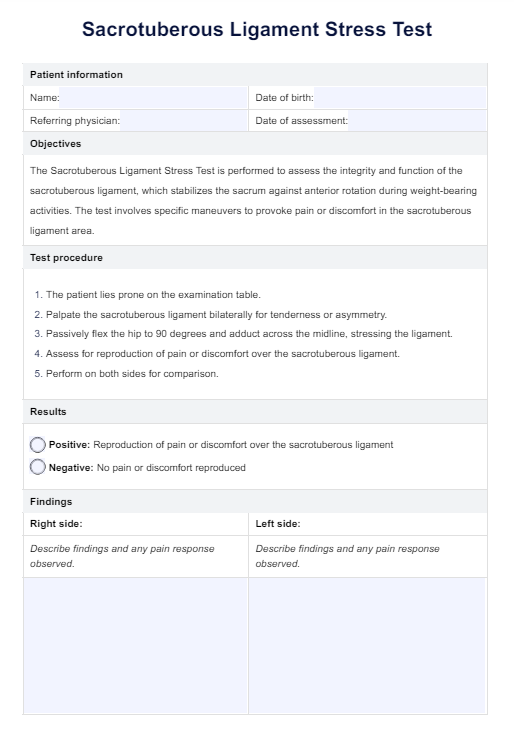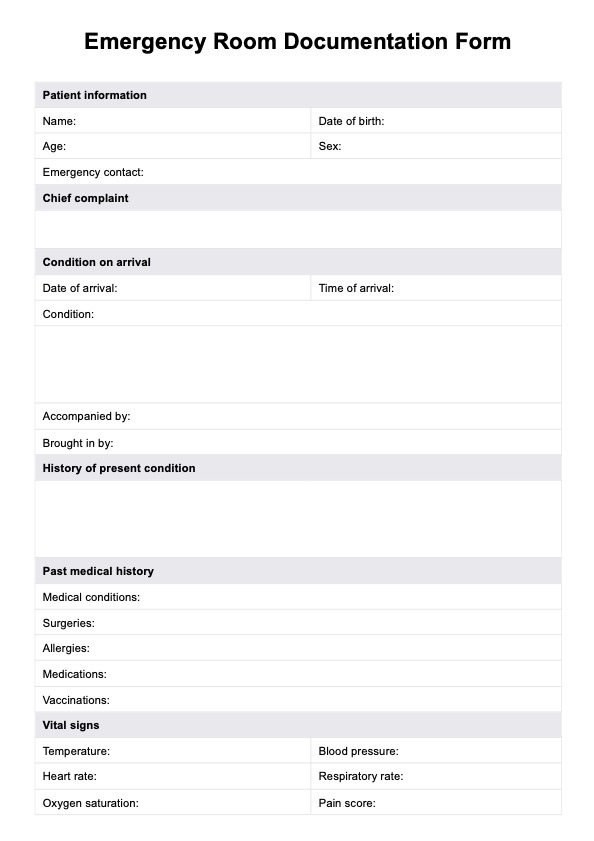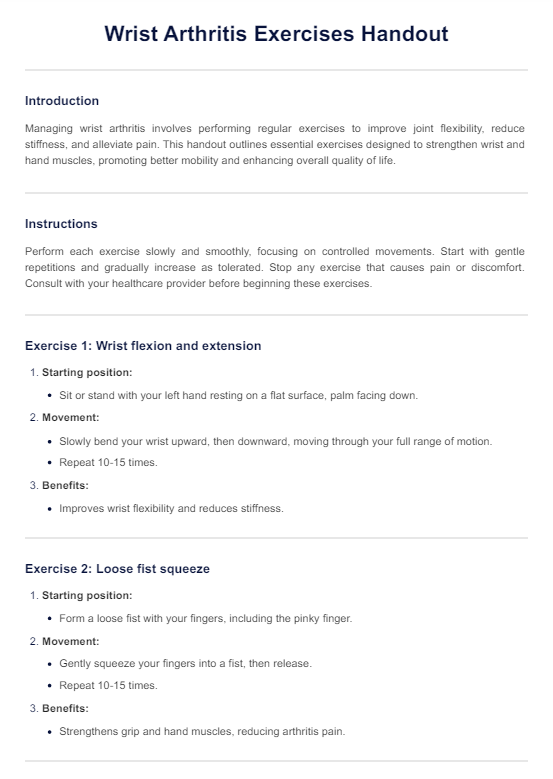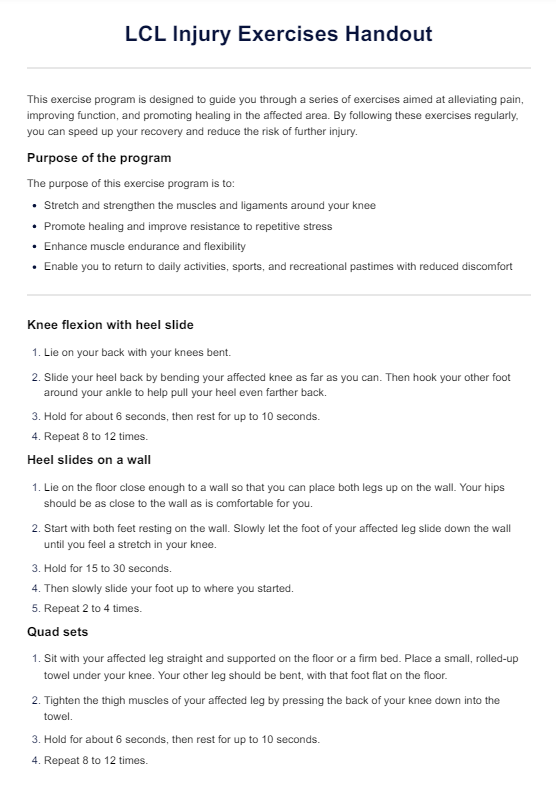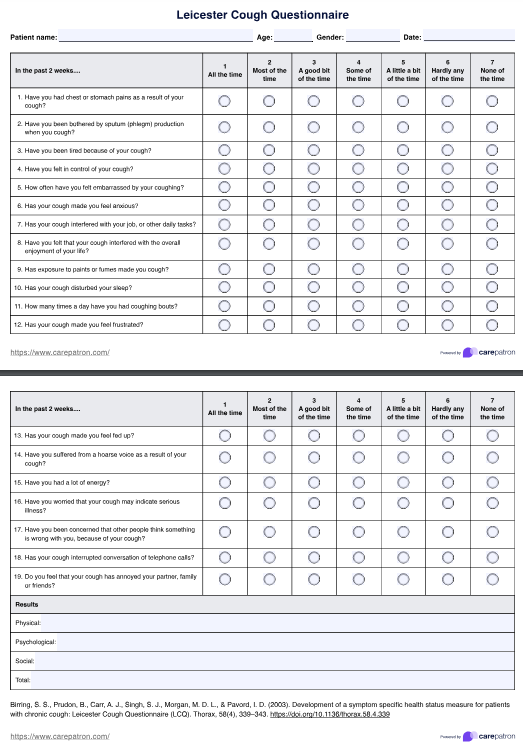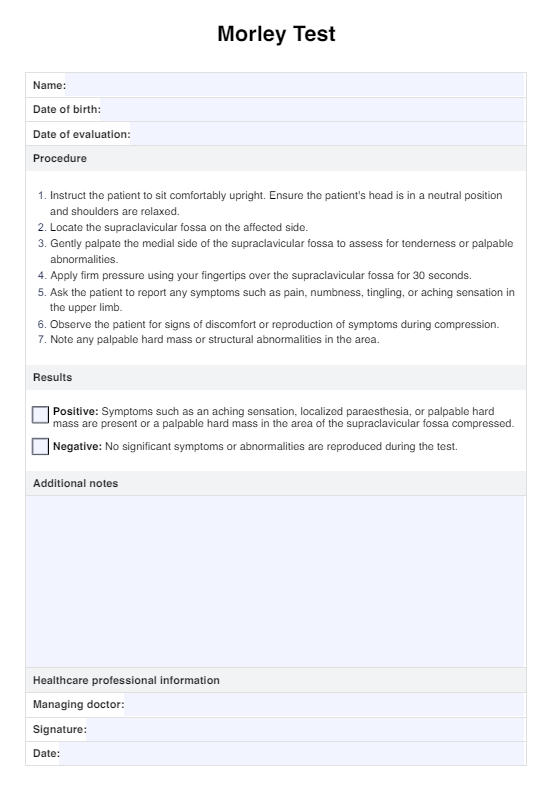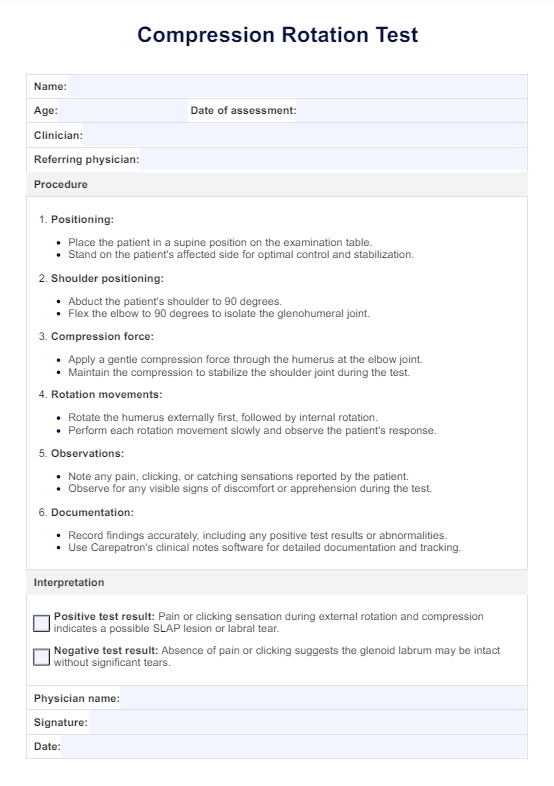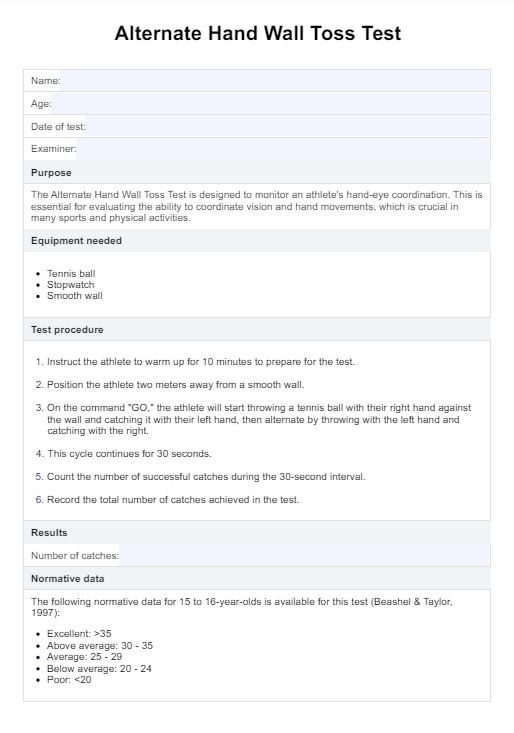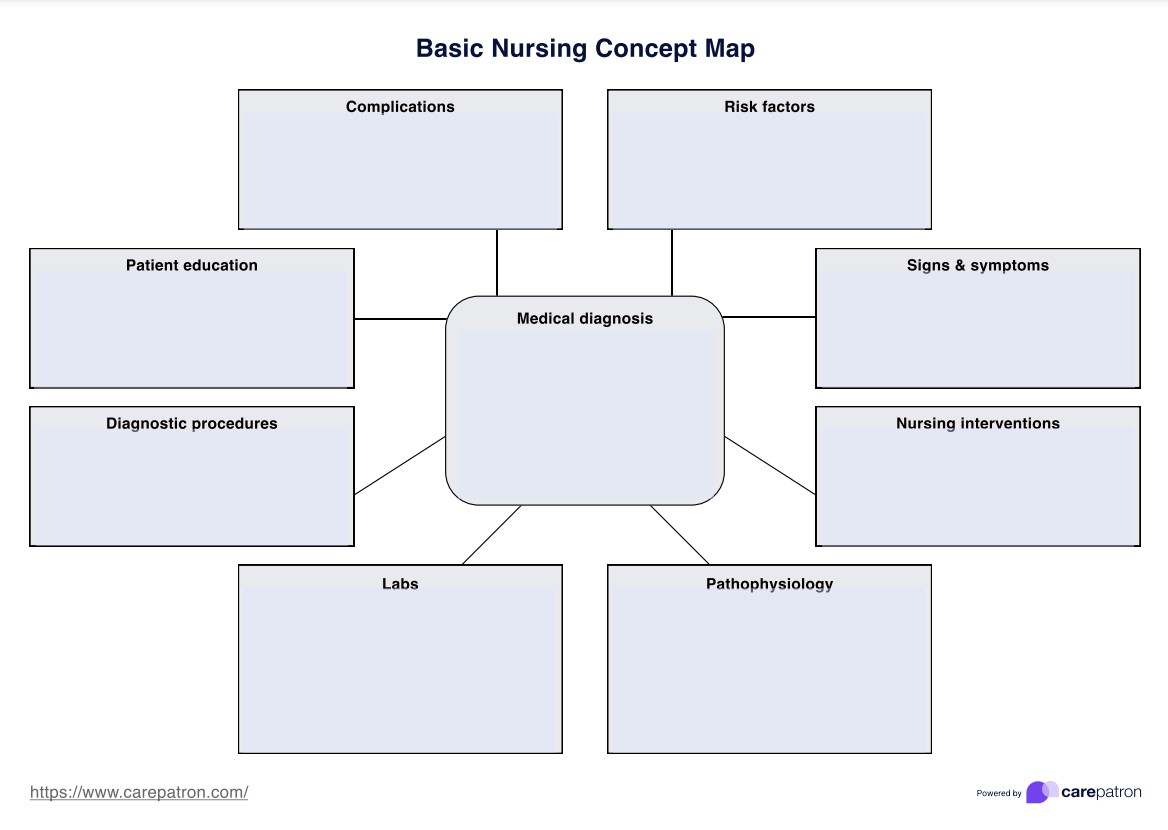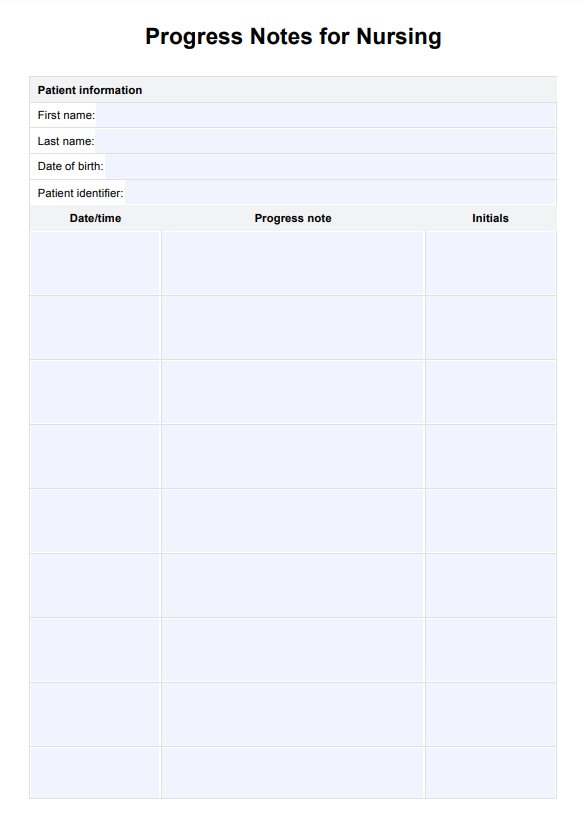WRAP Plan
Access a comprehensive WRAP Plan Template for proactive mental health management. Customize your Wellness Recovery Action Plan efficiently. Download now!


What Is a WRAP Plan Template?
A Wellness Recovery Action Plan (WRAP) is a structured and personalized tool designed to empower individuals in proactively managing their mental health. A WRAP Plan Template is a specific resource that facilitates the creation of an individualized plan.
This template acts as a guide, helping individuals outline strategies to maintain well-being, identify early warning signs, and effectively cope with challenges.
The plan typically consists of several key sections. The "Wellness Tools" section encompasses activities, practices, and relationships that positively affect mental health.
The "Daily Plan" outlines routine and specific tasks that support overall well-being. "Triggers" are identified as potential stressors that may lead to early signs of distress.
The heart of the plan lies in the "Action Plan," detailing steps individuals will take when early warning signs arise. This section is a proactive approach to managing mental health challenges before they escalate.
The "Crisis Plan" also guides how others can best support the individual during more severe situations.
The flexibility of a WRAP plan allows for ongoing adjustments, reflecting the dynamic nature of mental health. By utilizing a template, individuals can better understand their strengths and weaknesses, establish a support network, and stay motivated to improve mental health.
The resource is a proactive, self-directed tool promoting a sense of control and autonomy in pursuing mental well-being. It is a valuable resource for those seeking a structured approach to mental health management, offering a roadmap for personal recovery and resilience.
WRAP Plan Template
WRAP Plan Example
How Does It Work?
Download or Access Template
Begin by obtaining a printable WRAP Plan Template. This can often be found online through mental health resources, organizations, or mental health professionals.
Personal Information
Enter personal information such as name, date, and relevant contact details. This ensures the plan is specific and identifiable.
Wellness Tools
Identify and list activities, practices, and relationships that positively affect your mental health. These may include exercise routines, hobbies, or connections with supportive individuals.
Daily Plan
Outline a daily routine that promotes overall well-being. Include specific tasks or activities that contribute to a sense of balance and fulfillment.
Triggers
Identify potential triggers that may lead to early signs of distress. This could include specific situations, stressors, or events historically impacting your mental health.
Action Plan
Clearly define the steps you will take when early warning signs arise. This section is crucial for proactive management and may include self-care strategies, reaching out to a support network, or engaging in therapeutic activities.
Crisis Plan
Provide instructions for others on how to support you during severe distress. Include contact information for emergency services, critical individuals in your support network, and specific actions or interventions that can be taken.
Review and Adjustments
Regularly review and update your plan. Mental health needs can change, and this document should evolve to reflect your current strategies and circumstances.
Share with Support Network
Share your WRAP Plan with trusted individuals in your support network, such as family members, friends, or mental health professionals. This ensures that those around you are informed and can provide assistance if needed.
Keep a Printed Copy Accessible
Print a copy of your completed plan and keep it easily accessible. Having a physical copy ensures you can reference it quickly during times of need.
When Would You Use This Template?
The WRAP Plan Template is a versatile resource for individuals seeking to manage their mental health and well-being proactively. It is beneficial in various contexts and can be employed in the following scenarios:
- Personal Mental Health Management: Individuals experiencing mental health challenges or aiming to enhance their overall well-being can use the template as a proactive tool for self-directed recovery.
- Therapeutic Settings: Mental health practitioners, therapists, and counselors can introduce the template to their clients as a collaborative tool for developing a personalized action plan. It becomes a shared resource to guide therapeutic discussions and interventions.
- Support Groups: In group settings, such as mental health support groups or workshops, the template can facilitate discussions on coping strategies, triggers, and crisis management. It fosters a sense of empowerment within the group.
- Hospital Discharge Planning: As part of the discharge planning process, healthcare professionals can provide patients with a template to assist in transitioning from hospital to home. This ensures that individuals have a structured plan for ongoing mental health support.
- Educational Settings: Educational institutions, especially those focusing on mental health and well-being, can incorporate the template into workshops or training sessions. Students can learn to create personalized plans to navigate the challenges of academic life.
- Employee Assistance Programs (EAPs): Human resources professionals and workplace counselors can introduce the WRAP Plan Template as part of employee assistance programs. It becomes a valuable resource for managing workplace stress and promoting mental health.
- Community Mental Health Initiatives: Community organizations and mental health initiatives can distribute the template as a resource for community members. It is a practical tool for empowering individuals to participate actively in their mental health.
What Do the Results Mean?
The results of completing a WRAP Plan Template provide valuable insights into an individual's approach to managing their mental health and can offer a roadmap for self-directed recovery. Common results from the use of a template include:
- Identification of Personal Strengths and Coping Strategies: Filling out the WRAP Plan Template prompts individuals to identify their strengths and effective coping strategies. This can increase awareness of positive factors contributing to mental well-being.
- Early Warning Signs Recognition: One key result is identifying and recognizing early warning signs of distress. By pinpointing triggers and understanding the signs that precede more severe challenges, individuals can take proactive steps to address issues before they escalate.
- Crisis Management Plan: The template facilitates the creation of a crisis management plan, providing clear instructions on navigating severe distress. This result ensures that individuals and their support networks are well-prepared to handle crises effectively.
- Personalized Wellness Toolbox: Compiling a wellness toolbox within the template results in customized tools and strategies individuals can leverage to maintain and enhance their mental health. This toolbox becomes a go-to resource during challenging times.
- Increased Sense of Control: As individuals actively create their plans, they often experience an increased sense of control over their mental health. This empowerment can positively impact overall well-being and resilience.
- Improved Communication with Support Network: Sharing the WRAP Plan with trusted individuals improves communication and understanding among family, friends, and mental health professionals, enhancing the effectiveness of the support system.
- Goal Setting and Motivation: The template often includes goal-setting components, encouraging individuals to strive for specific objectives related to their mental health. Achieving these goals can contribute to increased motivation and a sense of accomplishment.
Research & Evidence
The inception of the Wellness Recovery Action Plan (WRAP) can be traced back to the early 1990s through the pioneering efforts of Mary Ellen Copeland, a respected mental health advocate and author (Bartels & Bartels, 2023).
Drawing from her encounters with mental health challenges, Copeland developed WRAP as a self-help mechanism with the explicit goal of empowering individuals to actively engage in their mental health recovery (Jaffe, 2019).
This initiative aligns seamlessly with the recovery movement's ethos, emphasizing the possibility of recovery and championing a person-centered, strengths-based approach (Zhang et al., 2009).
Research findings consistently highlight the positive impact on individuals using this approach. Multiple studies, including a systematic review and meta-analysis, suggest that WRAP is associated with heightened self-efficacy, improved self-awareness, and enhanced overall well-being (Canacott et al., 2019). This underscores its versatility and adaptability, making it a valuable resource applicable across diverse populations and cultural contexts (Van Os, 2022).
Its structure and systematic nature are further evidenced by its widespread adoption within the mental health community (Debbie, 2019). As an integral part of mental health programs, community initiatives, and therapeutic interventions, it has proven effective in providing individuals with a proactive and personalized approach to mental health management (Dual et al., 2023).
The ongoing recognition and utilization underscore its significance in mental health interventions and its capacity to contribute positively to the recovery journey.
References
Bartels, L., & Bartels, L. (2023, September 11). WRAP (Wellness et al. Plan) - Life Connections. Life Connections - Peer Recovery Services. https://lifeconnectionsrecovery.org/wrap-wellness-recovery-action-plan/
Canacott, L., Moghaddam, N., & Tickle, A. (2019). Is the Wellness Recovery Action Plan (WRAP) efficacious for improving personal and clinical recovery outcomes? A systematic review and meta-analysis. Psychiatric Rehabilitation Journal, 42(4), 372–381. https://doi.org/10.1037/prj0000368
Debbie. (2019, December 26). Creating MY Wellness Recovery Action Plan (WRAP): How can I help you help me? - International Bipolar. International Bipolar Foundation. https://ibpf.org/creating-my-wellness-recovery-action-plan-wrap-how-can-i-help-you-help-me/
Dual Diagnosis Hub. (2023, August 17). Wellness Recovery Action Plan | Dual Diagnosis Hub. https://www.dualdiagnosis.org.uk/dual-diagnosis-tools/wellness-recovery-action-plan/
Jaffe, D. (2019, January 23). Wellness Recovery Action Plan (WRAP) is not Independently Proven to Help the Mentally Ill, Yet Widely Used and Certified by SAMHSA : Mental Illness Policy Org. Mental Illness Policy Org. https://mentalillnesspolicy.org/samhsa/wrapunproven.html
Van Os, J. (2022, September 16). WRAP: Wellness Recovery Action Plan - regain control of your life. PsychosisNet.com. https://www.psychosisnet.com/help-and-recovery/wrap/
Commonly asked questions
To create a WRAP Plan Template, use a dedicated app or software like Carepatron. Follow the guided steps to identify triggers, outline coping strategies, and establish a crisis plan. Personalize it based on your unique mental health needs.
These templates are used whenever individuals want to manage their mental health proactively. Typical scenarios include personal mental health management, therapeutic settings, support groups, hospital discharge planning, educational settings, workplace assistance programs, and community mental health initiatives.
WRAP Plan Templates are used by filling in critical sections such as wellness tools, daily plans, triggers, action plans, and crisis plans. The template guides individuals to navigate challenges, proactively address early warning signs, and collaborate with support networks.


